-
Precious metals
|
Buying jewelry may top your list of “most-fun but-most-confusing”
activities if you don’t know a few basics about jewelry materials -
particularly about precious metals, which are hard to ignore if
you’re looking for the perfect bracelet, necklace, earrings, rings,
brooches or pins, cufflinks or tie tacks. Here are a few facts
about precious metals. Since precious metals in contemporary jewelry play such an important role in the appearance, durability and cost of a piece, it’s a good idea to familiarize yourself with a few basic metallurgy terms. That way you’ll be ready to make informed decisions when buying jewelry and choose a piece that’s right for you. Our professional associates can guide through the process. Visit or contact us. Precious metals are very rare metals that also have desirable characteristics - like their ability to make beautiful jewelry. Eight metals are deemed precious: silver, gold, platinum, palladium, rhodium, ruthenium, iridium, and osmium. Precious metals used to make jewelry are also called “noble” metals. Unlike easily-oxidized metals such as nickel, brass, and copper, noble metals have a high surface luster and do not rust or corrode. The best-known precious metals are Gold, Silver, and platinum. However, many jewelers are now using "contemporary" metals to create wonderful jewelry designs. Among these contemporary metals are titanium, tungsten, and cobalt. |
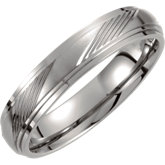 |
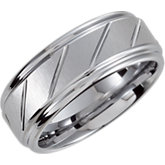 |
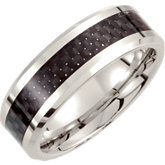 |
| TITANIUM | TUNGSTEN | COBALT |
| Titanium rings offer several unique properties: they are hypoallergenic, lightweight, corrosion-resistant, and have the highest strength-to-weight ratio of any crystalline metal. Titanium is highly resistant to most causes of corrosion, including sea water, chlorine, and some acids. Titanium is a white metal with a smoky hue. Its natural color is darker and deeper than silver or white gold. | Rings made of Tungsten will last forever. Tungsten rings are virtually scratch proof and won't ever lose their shine. Tungsten rings are not made out of pure Tungsten - instead they are made out of Tungsten Carbide, because it is easier to work with. Tungsten rings have a light gray color which can be darkened with brush finishing processes. | Cobalt is a super strong metal that combines an amazingly high level of durability with the bright reflective look of white gold. Cobalt Chrome is a harder metal than precious metals like platinum, gold and silver, and as a result will resist scratching and wear to a greater degree than precious metal equivalents. The color of Cobalt is more akin to that of white gold or platinum. |
|
GOLD Since before the beginning of recorded history, gold has been one of the most sought after metals. It doesn’t tarnish easily or corrode, and its luster and color are beautiful. Jewelry designers can incorporate gold into a large range of designs. 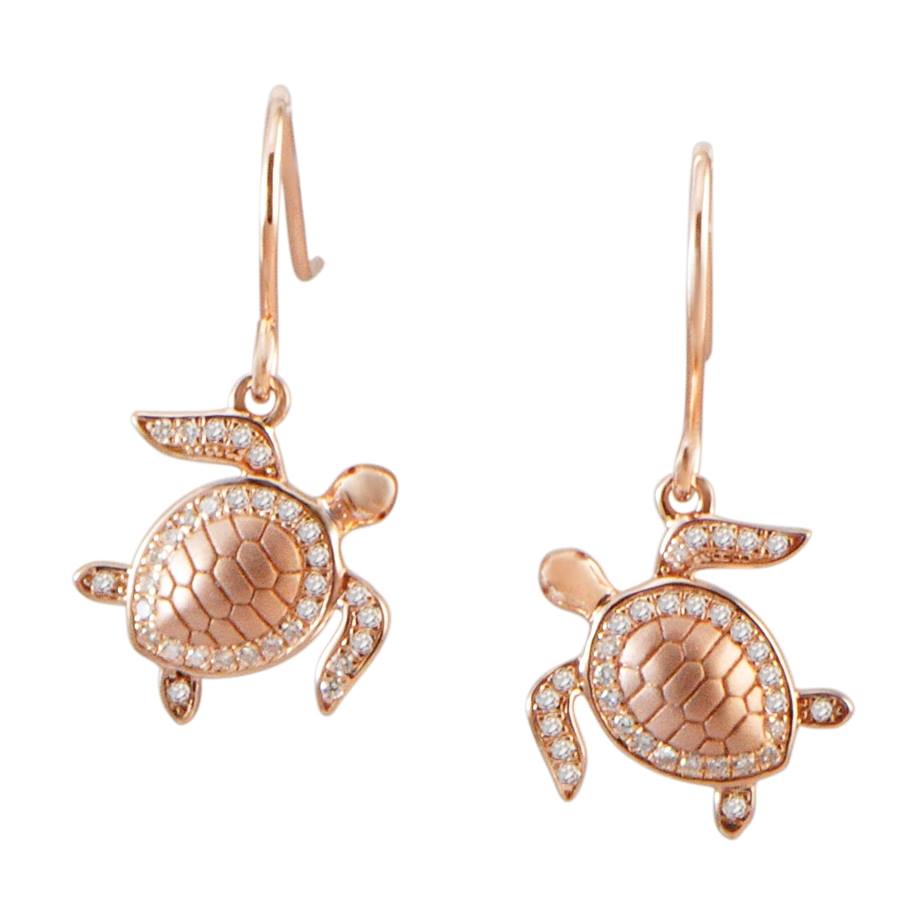 Gold’s softness makes it the easiest metal to work with, but pure
gold is too soft for most jewelry and would scratch or bend easily. It is usually blended with silver or copper for a more resilient
alloy. Gold’s softness makes it the easiest metal to work with, but pure
gold is too soft for most jewelry and would scratch or bend easily. It is usually blended with silver or copper for a more resilient
alloy. Jewelers use the term karat, abbreviated “k” or “kt,” to describe the percentage of pure gold in the alloy, with 24-karat being “pure gold.” Karat shouldn't be confused with carat weight used for measuring precious gems.
|
||||||||||||||||||||
|
||||||||||||||||||||
| SILVER | ||||||||||||||||||||
|
Like gold, silver has been popular for thousands of years because of its versatility, luster and rarity. 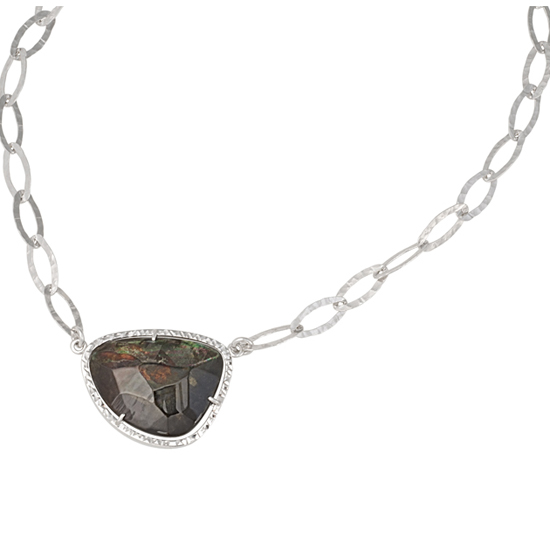 Like gold,
silver is too soft in its pure state for use in jewelry and must be
alloyed with other metals to prevent scratching and
distortion. The purer the silver, the more easily it is
scratched. Like gold,
silver is too soft in its pure state for use in jewelry and must be
alloyed with other metals to prevent scratching and
distortion. The purer the silver, the more easily it is
scratched.Unlike gold, silver is not rated by karats. Instead, jewelers use the terms “fine” and “sterling” to refer to very pure silver, although fine silver is less commonly used for jewelry-making. |
||||||||||||||||||||
|
||||||||||||||||||||
| PLATINUM | ||||||||||||||||||||
Rarer and pricier than gold, the six metals in the platinum family
are the finest of the precious metals. Platinum is a
silver-white metal found worldwide, typically strengthened with
other metals, such as iridium, osmium, or nickel, for use in
jewelry. Like silver, platinum is not measured in karats, but
rather is stamped with a standardized platinum quality mark,
indicating the percentage of platinum contained. Pt1000 denotes pure
platinum. Platinum is the most durable, lustrous, and scratch-resistant of the fine metals, but its scarcity makes it an uncommon material for jewelry-making. Most jewelry artisans prefer gold and silver as raw materials because they can make a greater range and volume of pieces. So when it comes to selecting your jewelry, use your knowledge of precious metals to choose with confidence. |
||||||||||||||||||||
| NON-TRADITIONAL METALS IN JEWELRY | ||||||||||||||||||||
|
|
||||||||||||||||||||
|
LESS COMMON METALS IN JEWELRY MAKING The majority of jewelry is created using more popular and main-stream materials, but there's diversity of metals used to create some truly unique pieces of jewelry. |
||||||||||||||||||||
|
||||||||||||||||||||
Location
- 5456 Cottage Hill Road
- Mobile, AL 36609
- 251.661.9846
- info@hayes-jewelers-mobile.com
Hours
Monday - Friday . 10am to 6pm
Saturday . 10am to 4pm

Services
©2023 Hayes Jewelers
All Rights Reserved
Site Design
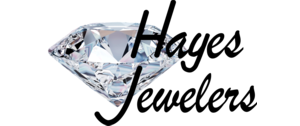

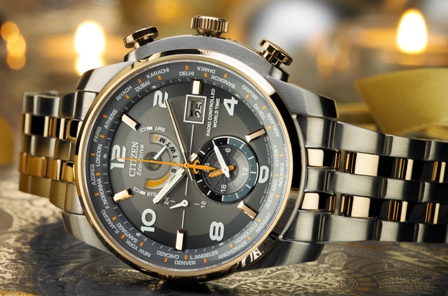
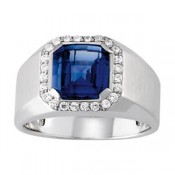
 Appraisals
Appraisals